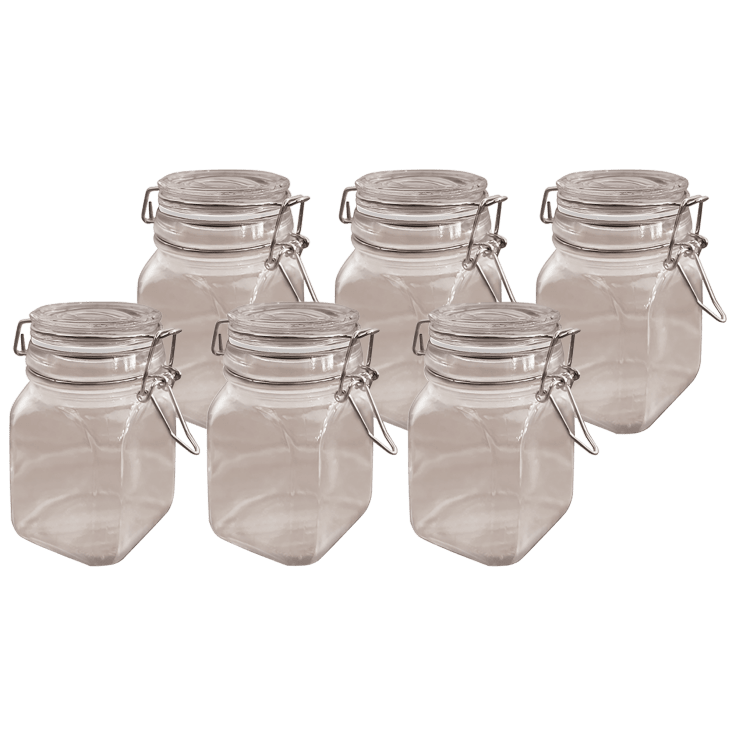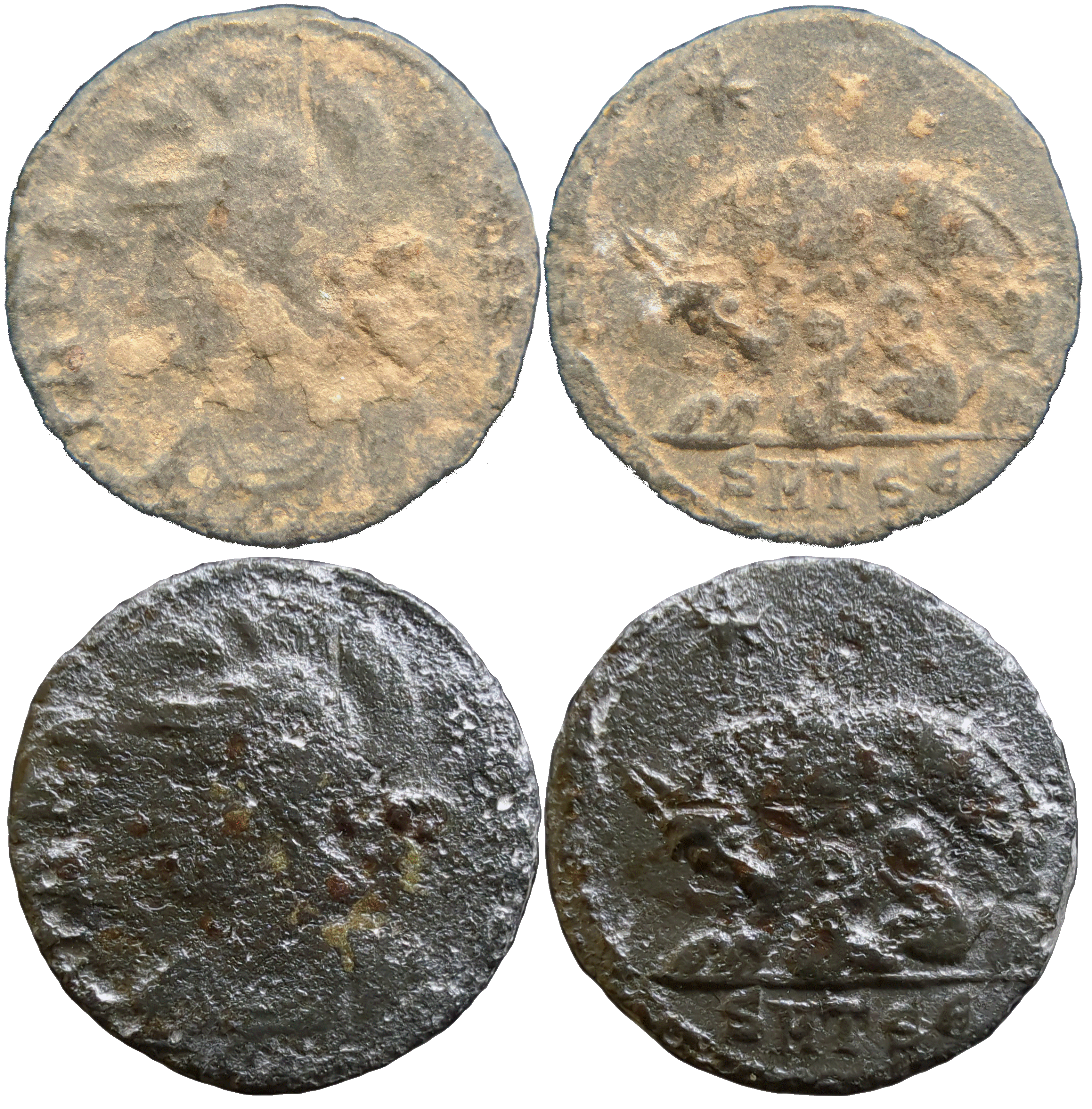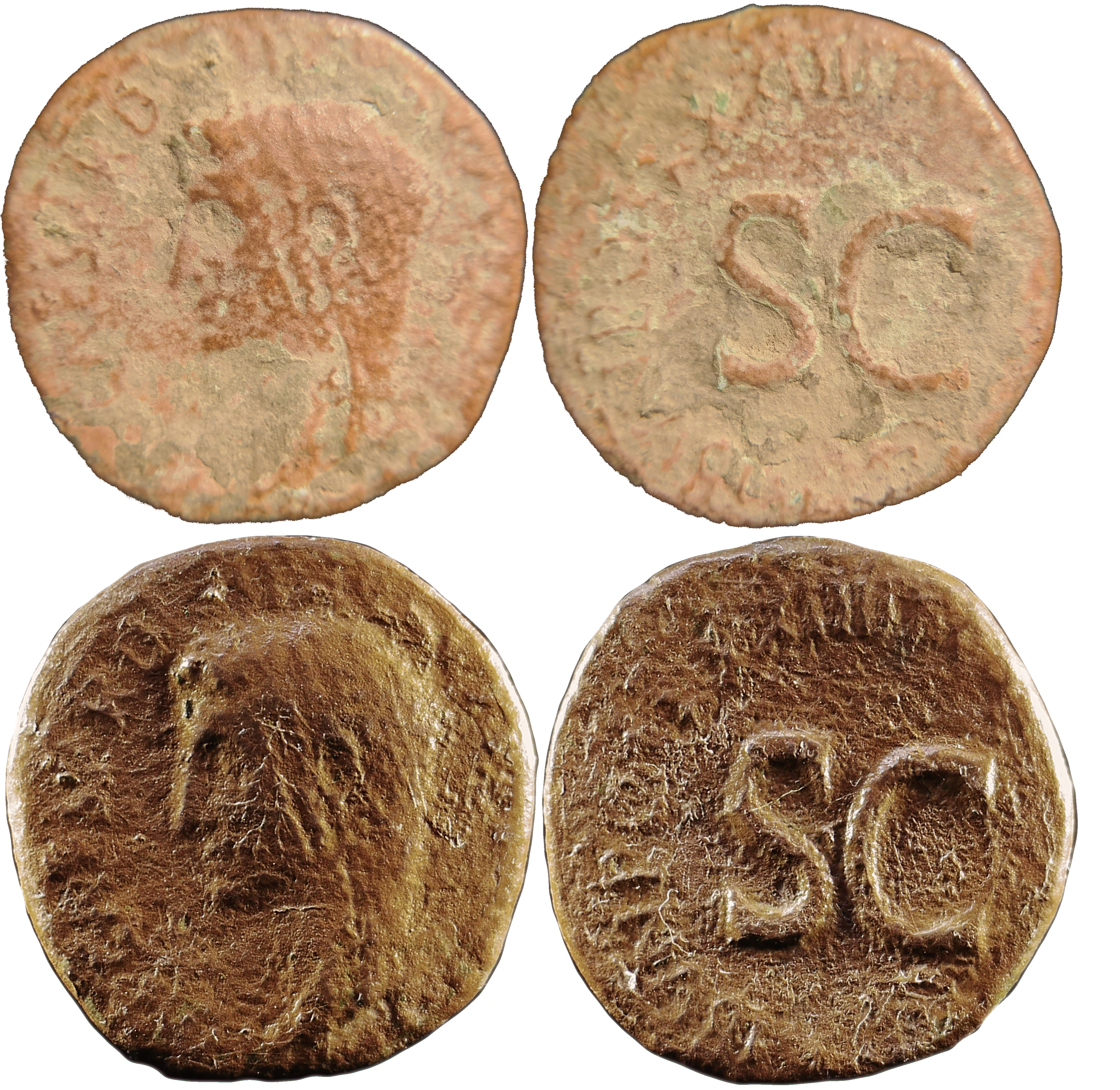That looks great, much better than the original cardboard components
That's the official story at least, but we all know what's really going on. There are 10 seasons of documentary detailing what's really happening under that mountain.
Before the fiasco in Thailand I was a Musk fan, my opinion of him has falled greatly since then; even more so since Twitter. Now I groan whenever I see a headline with his name.
That is a great price for a random shop. It's a great coin and it's really cool you were able to stop in and find coins. The shops I vist here in the US, all the prices are 3 to 4 times what they should be, if they have any at all.
I find those green splotches a little worrysome, are they exposed bronze beneth the silvering or is it BD?
They're not advertising or telling people to come to lemmy.world.... people are coming here and they're just accommodating them instead of blowing them off
Lol, I literally just saw a similar headline, read the result, and said the same thing just before seeing this post.
I think he should have used a fiberglass pen before applying the wax, then the final result would've looked much smoother.
Also the edges look concerning to me, might have some bronze disease. A long term soak in DW can clear up mild cases of BD
I know Joseph Mallozzi used to post cool things like this to reddit/r/Stargate
This made me lol irl :-)
This is blowing my mind right now... Those things gave me nightmares as a kid thinking they crawl into people's ears...
Nope, totally out of the loop on this one... Is he renaming Twitter?







You seem to have trouble using language to communicate thought. Do you talk like this IRL?